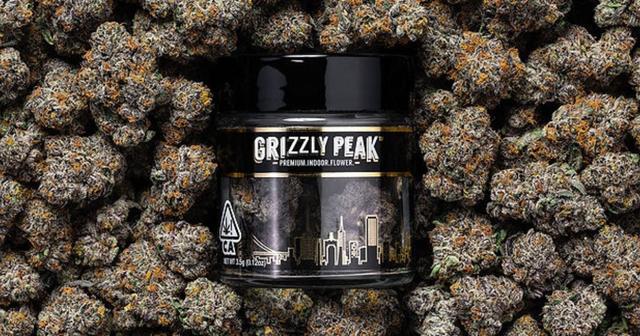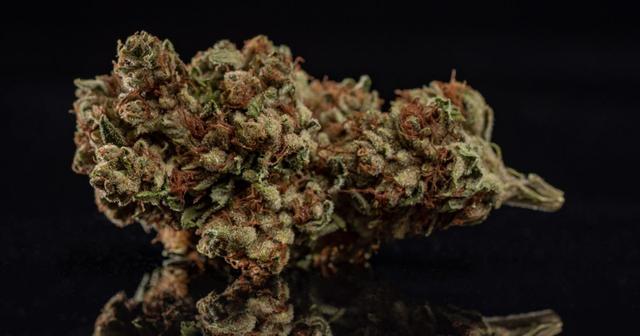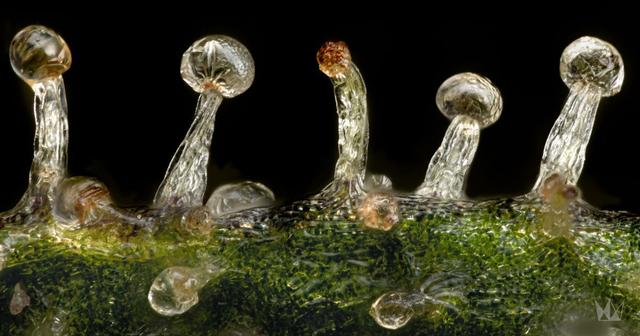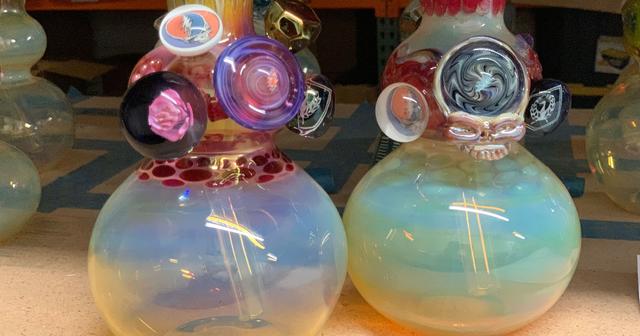Cannabis in the 90s Before we Celebrated the 4/20 Holiday
This 4/20 holiday, we look back at how far we have come regarding acceptance of cannabis culture in the United States. Coming fresh off the “War on Drugs” in response to drug abuse in the 1980’s, flying the flag for cannabis culture was a different way of life in the 1990’s. - Written by Randy Villarba
This 4/20 holiday, we look back at how far we have come regarding acceptance of cannabis culture in the United States. Cannabis in the 90's was a different vibe than from what it is now. Coming fresh off the “War on Drugs” in response to drug abuse in the 1980’s, flying the flag for cannabis culture was a different way of life in the 1990’s.
During the 90s, the majority of consumers were still picking seeds and stems out of brick weed. Pipes were still mostly metal, while connoisseurs started introducing the culture to glass pieces. Classic cannabis cultivars like Northern Lights, Super Silver Haze and White Widow were introducing people to the different potencies of genetics. Craft cannabis strains were just beginning to emerge, but still well underground. Concentrates were beginning to evolve from the traditional cold water hash consistencies like that of El Krem’s, Hash and Flowers’ and Nasha’s to the crumbles, shatters and crystals of the medical cannabis era.
Before states started legalizing cannabis, marijuana laws in the United States aligned with the federal government and were generally quite strict and punitive. Possession and use of cannabis were illegal in all states, and those caught with cannabis could face stiff fines, jail time, and other legal consequences.
California became the first state to legalize medical cannabis in 1996, followed by several others in the following years. While the medical cannabis movement was still in its infancy during the 1990s, it represented a significant shift in attitudes towards cannabis and set the stage for further legalization efforts in the years to come. Overall, while cannabis laws in the 1990s were still quite restrictive, the decade saw the beginnings of a movement towards cannabis legalization and a recognition of the plant's potential therapeutic benefits.
The Look of the 90s
The 90s was a decade characterized by bright colors, bold patterns, and a distinct blend of retro and modern styles. The color palette of the era was diverse, with neon and fluorescent hues being particularly popular. Bright shades of pink, green, yellow, and orange were frequently used in clothing, accessories, and even home decor. Overall, the fashion and design of the 1990s was marked by a playful mix of contrasting styles, bright colors, and a celebration of individuality and self-expression.
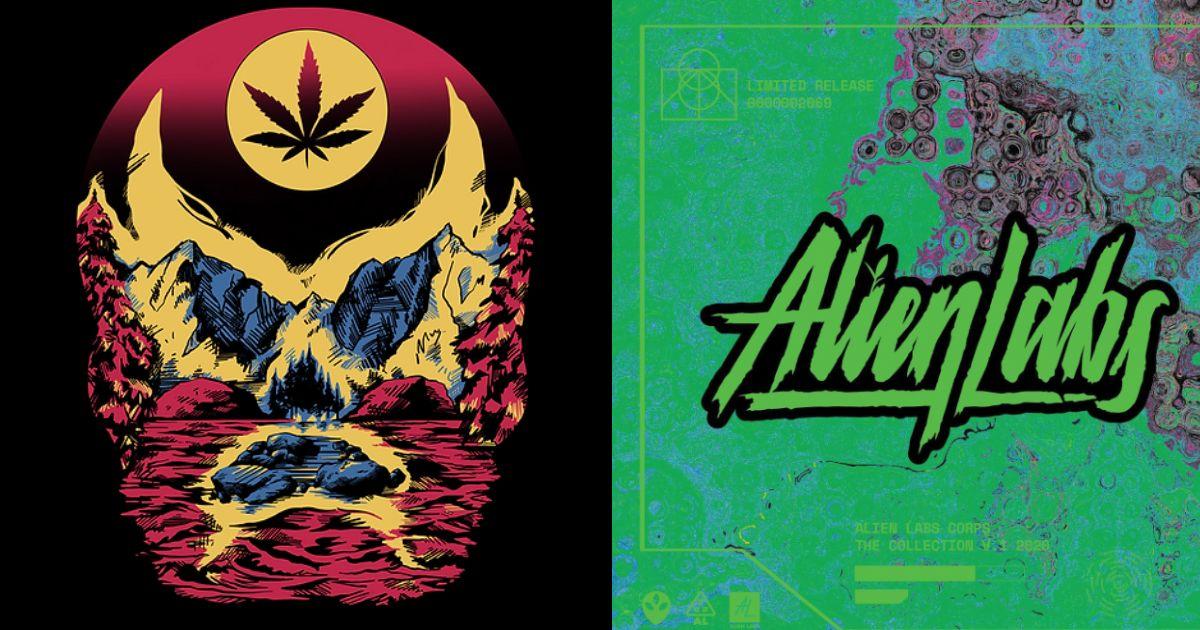
Modern day cannabis brands like Alien Labs have a style that echoes the nostalgia of the 90’s with their use of bold and grunge-like designs mixed with fluorescents and vibrant color schemes. The solventless hash rosin company Real Deal Resin has even built their brand image “borrowing” 90’s wrestling and pop culture icons like the Ultimate Warrior, Hulk Hogan and Pulp Fiction on their packaging.
Cannabis and Public Figures
The 1990s was a decade when the acceptance of marijuana was on the rise in pop culture. Even the standing president of the United States, Bill Clinton was on the record stating, “When I was in England, I experimented with marijuana a time or two, and I didn't like it. I didn't inhale.”
In the 1990s, Dave Chappelle regularly joked about his experiences with cannabis culture in his stand-up comedy routines. In 1996, Woody Harrelson was arrested for planting four hemp seeds in Kentucky as a political statement to challenge the state's definition of marijuana as a narcotic, demonstrating his commitment to promoting cannabis culture and legalization.
As the daughter of Hollywood icon Goldie Hawn, Kate Hudson grew up around the entertainment industry and cannabis culture in the 1990s, and has been open about her own use of marijuana. Her friend Matthew McConaughey was also known to be a proponent of cannabis in the 1990s, as he famously got arrested for playing bongo drums while naked and smoking weed in his home in 1999.
Many public figures were starting to be open about their affinity for smoking weed, and they began proudly flaunting it. The 90s was undoubtedly an era where the taboo surrounding marijuana was beginning to fade, and many celebrities helped in normalizing its use.
Cannabis Counterculture that Defined a Movement
The 1990s was a decade that saw the emergence of stoner pop culture, with the popularity of cannabis culture reflected in various forms of media. This mainstream acceptance of cannabis culture was further reinforced by the emergence of cannabis-themed festivals like the High Times Cannabis Cup. While cannabis pop culture has always faced criticism and resistance from anti-drug groups, the 1990s marked a period of increased visibility and normalization of cannabis use in popular media.

Music and Cannabis
The 1990s were a time when music and weed became closely intertwined in popular culture. Many genres of music, including hip-hop, rock, and reggae, saw the rise of artists who openly embraced cannabis use in their lyrics and public personas. It was around this time that the first cuts of OG Kush started making their way into California.
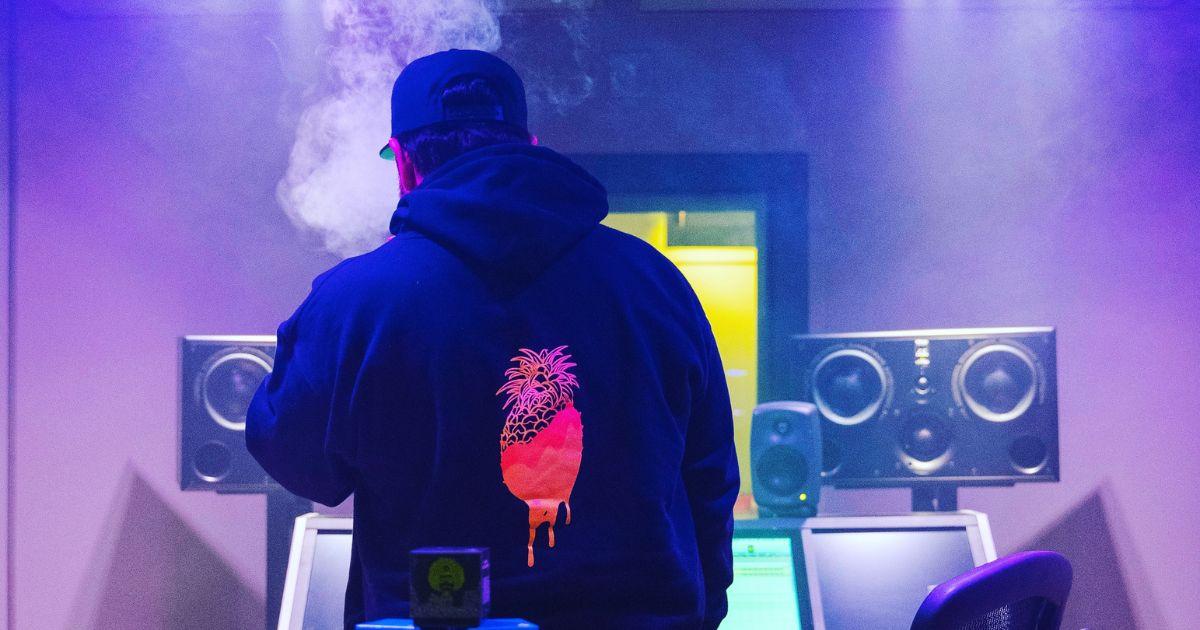
The popularity of music and weed in the 1990s was also reflective of a larger cultural shift towards a more accepting attitude towards cannabis use and a rejection of traditional societal norms. Cannabis use became increasingly normalized in popular culture with music playing a major role in spreading this acceptance and promoting the idea that cannabis use was a natural aspect of the human experience.
Dr. Dre went from admittedly not smoking weed in N.W.A. to debuting his first solo album dubbed The Chronic. It’s a known fact that Bret Feldman’s cuts of OG Kush helped fuel the fire for many artists within Dre’s circle. Dre reaching the top of the charts continued to pave the road for artists like Cypress Hill, Green Day, Snoop Dogg, and Sublime.
Albums like Black Sunday, Doggystyle and 40 Oz’s to Freedom became staples in a stoner’s album collection. These artists became synonymous with cannabis culture with songs like “Basketcase,” "Hits from the Bong" and "Smoke Two Joints'' becoming anthems for cannabis enthusiasts.
Cannabis Culture on Television
The 1990s saw the rise of stoner culture in television with several shows featuring characters who were openly smoking marijuana and celebrating the stoner lifestyle. Television shows like "Beavis and Butt-Head" (1993) and "South Park" (1997) also made frequent references to cannabis and cannabis culture, further normalizing its use.

Other shows like "That '70s Show" and "Freaks and Geeks" also featured characters who smoked joints and explored the themes of rebellion and counterculture that were associated with cannabis culture. While these shows were not without controversy, they helped to bring cannabis use out of the shadows and into the mainstream, contributing to the normalization of cannabis culture that would continue into the 21st century.
The Bloom of Cannabis Films
The 1990s saw a boom in cannabis films, a subgenre of comedy that typically revolves around marijuana use. The popularity of cannabis films in the 1990s were reflective of a larger shift in attitudes towards cannabis use, as the drug was increasingly becoming more accepted and normalized in mainstream society. These films not only provided entertainment for audiences, but also helped to break down stereotypes and stigmas associated with cannabis use.
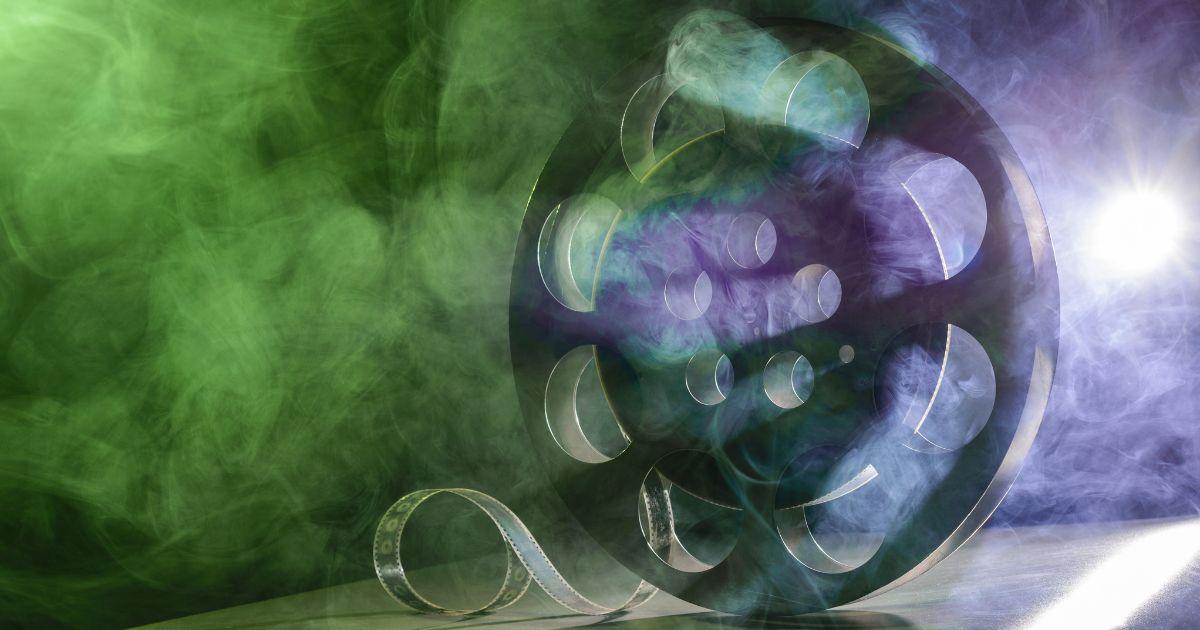
Films like "Dazed and Confused" (1993), "Friday" (1995), “Bio-Dome” (1996), “The Big Lebowski” (1998) and "Half Baked" (1998) became cult classics among the cannabis culture. These films often featured characters who were laid-back, irreverent, and often engaged in various hijinks and misadventures while under the influence of marijuana.
Bring yourself back to the medical days and medicate on some edibles. Each of these classic films are great to watch on some medicated brownies, chocolates or cookies from Dr. Norm’s, Kaneh Co., or Punch Edibles.
We hope you enjoyed our recap of cannabis culture in the 90s as we celebrate the 90s during 4/20 at March and Ash this year. It is important to understand the roots of cannabis culture. By understanding the journey through societal norms and the continual fight for public acceptance, you can gain a deeper appreciation for the current state of cannabis. On this 4/20 stop by March and Ash and grab your favorite products and celebrate how far we have come as a cannabis culture.
DISCLAIMER: THIS SITE DOES NOT PROVIDE MEDICAL ADVICE.
All information, including but not limited to, text, graphics, images and other materials contained on this site are for informational purposes only. No text, graphics, images or other materials on this site are intended to be professional medical advice or a substitute for professional medical advice, diagnosis or treatment. Always seek the advice of your physician or other qualified health care provider with any questions you may have regarding a medical condition or treatment and before undertaking a new health care regimen, and never disregard professional medical advice or delay in seeking professional medical advice because of something you have viewed on this site.